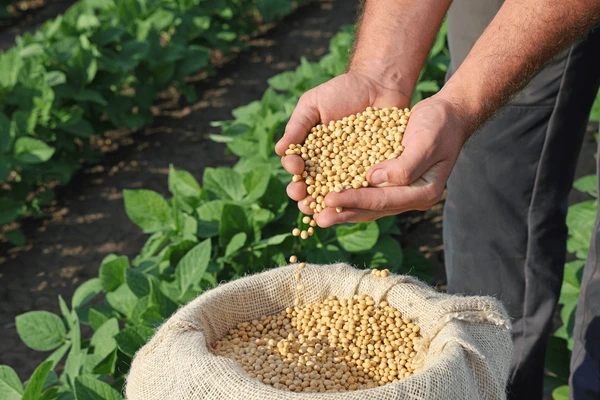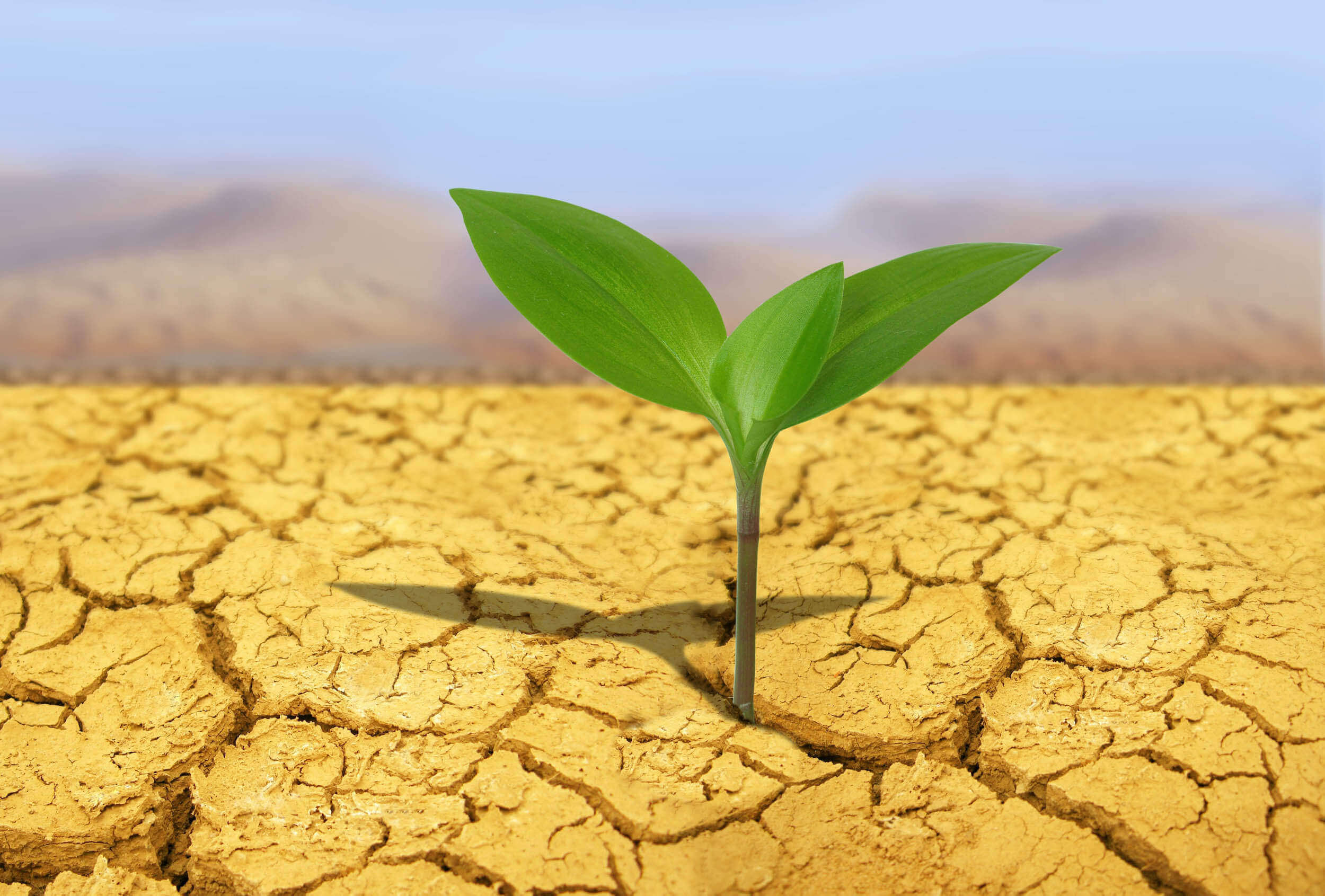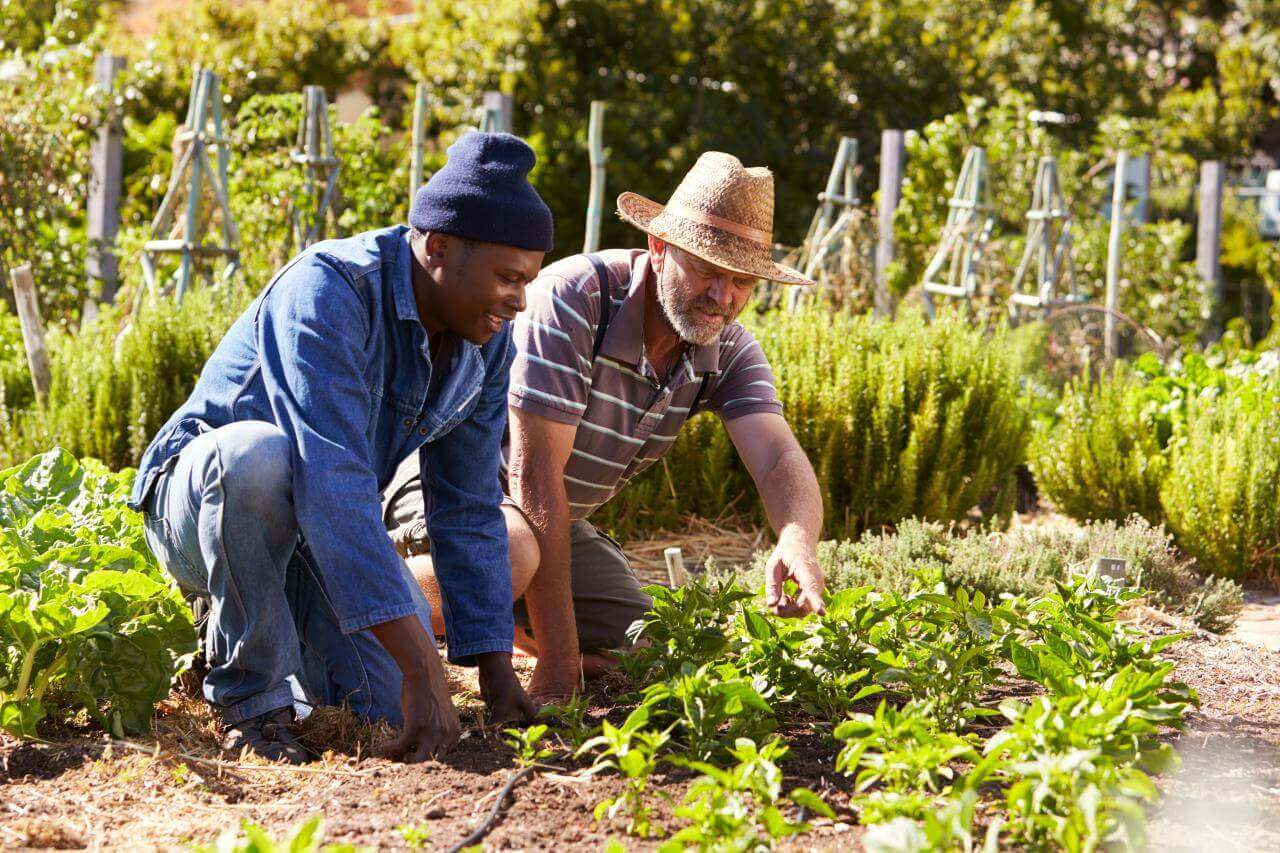We don’t just supply products and leave farmers to it – that’s not our way. Instead, we offer training, as part of our training Program, to answer their concerns about safety, efficiency and sustainability. Naturally, they have pressing issues to think about. What’s a safe application for their crops? How can they protect the wildlife that lives on their farm? What kind of protective clothing should they wear? How should they store and dispose of their products? We’re there to help with all these questions and more.
Farmers sometimes think they need to apply a lot of product to their crops for better results. While there is a logic to thinking higher doses mean better outcomes, our message to them is ‘less is sufficient’. Decades of research have enabled us to develop crop protection products containing only small quantities of active ingredient. We care about developing effective herbicides because farmers have a tough time without them.

One way we’re helping farmers use less product is by prolonging the effectiveness of active ingredients. For example, our plantation herbicide and fungicide technology now no longer wash off leaves so easily in the rain.
Rich, fertile soil is a reality for some farmers, and a dream for others. We want to make it a reality for all. In some regions soils are firtile. As a result, the farms are most productive in those regions, and they don’t need much fertilizer. Other regions aren’t so lucky. They need to apply more fertilizer: an expense they could do without. The production of fertilizer also uses a lot of energy, and, in some cases, dwindling raw material resources.
These reasons spur us to research how crop plants can better absorb nutrients. Our focus is on getting plants to process nitrogen and phosphorus more efficiently – protecting nutrient reservoirs in the soil.
Vital steps farmers can take
Steady wind and persistent rain can erode the soil farmers depend on.
But the good news is farmers can take action to protect their soil – and we help them to do so. For example, they can avoid deforestation and overgrazing, which depletes soil and makes it more vulnerable to erosion.
Using water intelligently is a pressing priority for us. Soon, in parts of the world where water is scarce, the lack of water will become the major factor in limiting agriculture. Our goals are to help plants withstand drought, make water go further in irrigation systems, and save water wherever possible, including our own production sites.

Lack of water is a big stress factor for plants, alongside heat, cold and soil desalinization. It can overwhelm them, inhibiting their growth and reducing yields by up to 80 per cent. So when farmers face water scarcity, their stress levels rise too: how will their plants cope? We provide products that take some of the stress out of drought periods. +

We also help them save water by using the right application and nozzle techniques, and recommend crop protection products that need less water for mixing. here are crucial steps farmers can take. For example, we now urge them to leave as much plant residue as possible from the previous crop on the surface of the soil. Known as conservation tillage, this technique not only protects against erosion but improves the water content in the soil as well.

Just 3% of the available water on earth is freshwater – so every drop counts. Farming accounts for 70 per cent of all freshwater consumption worldwide. Our expertise is always available to farmers through our many advice and support programs. We also encourage rice farmers to seed rice directly if appropriate, rather than transplanting rice in flooded fields as they’ve traditionally done. Water savings here can be tremendous.